1. Shipping Container Homes
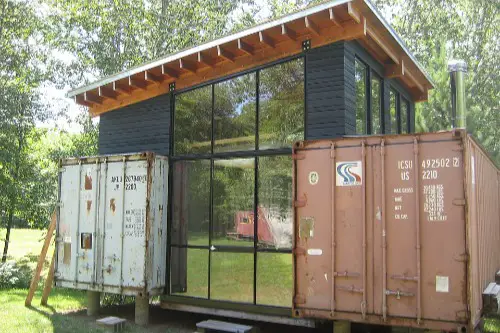
At first glance, repurposing an old shipping container into a house sounds genius—recycling at its finest. But in practice, most containers are coated with toxic paints and pesticides to survive years at sea. Stripping those chemicals safely can be costly and energy-intensive. That means many so-called “upcycled” homes actually demand more resources than traditional builds.
Another problem is insulation. Steel containers are heat magnets, so making them livable often requires adding thick insulation, sometimes even cladding the whole structure. By the time you’re done, the environmental savings compared to a small wood-frame house often vanish. What started as a cool minimalist idea can quickly become a resource-heavy project.
2. Bamboo Flooring
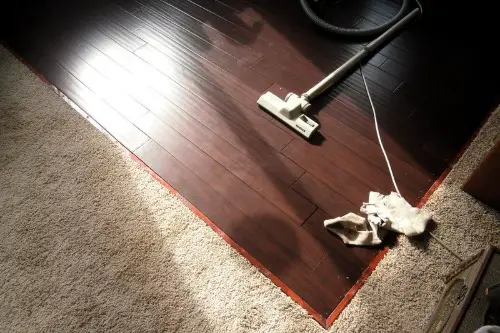
Bamboo flooring gets praised as the ultimate renewable material, but the reality is murkier. Most bamboo is grown in China, then shipped across the world, which adds a hefty carbon footprint. On top of that, many bamboo products are processed with adhesives and formaldehyde-based resins. That’s a big contradiction to the “all-natural” marketing pitch.
The production process can also involve chemical treatments to make bamboo harder or more moisture-resistant. While the plant itself grows quickly and is technically sustainable, what happens between harvest and installation often isn’t. Homeowners who buy bamboo thinking they’re saving forests may be overlooking how industrialized the process really is. It’s a classic case of greenwashed eco-friendly branding.
3. Straw Bale Houses
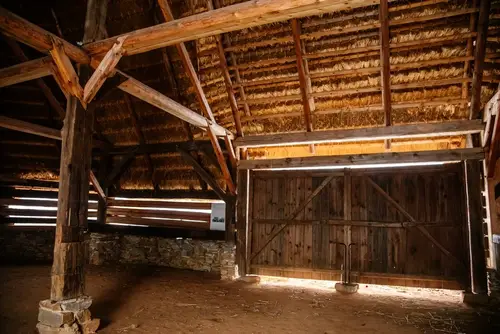
Straw bale construction is touted as super sustainable because straw is an agricultural byproduct. But in many regions, straw bales have to be shipped long distances since they’re not always locally available. Transporting bulky materials like that racks up emissions. The “local and low-impact” image can crumble quickly.
Moisture is another big issue. If straw bales get wet, they can rot or attract mold, requiring energy-intensive repairs or even replacement. Builders may need to install additional protective materials, which adds more complexity and costs. What seemed like an earthy, low-tech solution can backfire environmentally if not handled perfectly.
4. Green Roofs
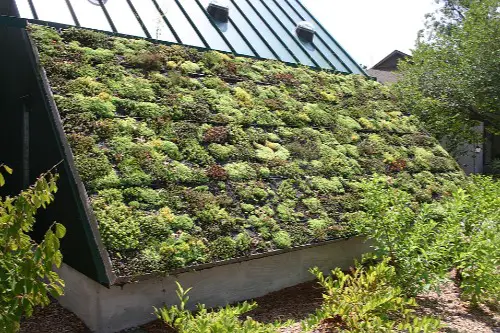
A lush green roof looks like the pinnacle of eco-living: insulation, biodiversity, and beauty all in one. But maintaining it isn’t always so green. Many require irrigation systems, fertilizers, and constant upkeep. That water usage adds up, especially in drier climates.
Installing a green roof also means extra structural reinforcement, since soil and plants are heavy. That reinforcement requires more steel and concrete, which are two of the most carbon-intensive materials to produce. And if the roof isn’t maintained properly, leaks or failures can mean expensive repairs. Sometimes the ecological “savings” end up outweighed by the resource demands.
5. Cork Flooring
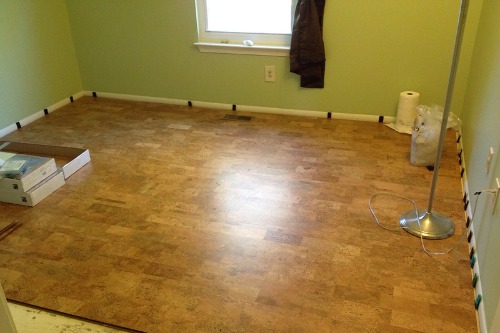
Cork flooring has a natural, renewable vibe since it comes from the bark of cork oak trees. Harvesting cork doesn’t kill the tree, which sounds wonderfully sustainable. But like bamboo, much of it has to be shipped internationally, usually from the Mediterranean. That adds a hidden emissions toll.
Manufacturing also plays a role. Many cork tiles or planks are mixed with binders or resins that undercut their eco-friendly image. Plus, cork flooring doesn’t always hold up in humid conditions, so it may need replacing more often. That’s a sustainability hiccup nobody mentions in the showroom.
6. Solar Panels
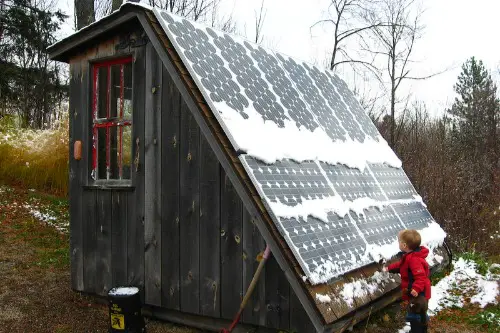
Solar panels are marketed as the clean energy savior, but producing them is no small environmental feat. Manufacturing involves energy-intensive processes and hazardous chemicals like cadmium and lead. Mining the rare earth elements needed also has serious ecological consequences. It’s a cleaner output, but not a clean input.
The disposal issue is also looming. Panels have a lifespan of about 25–30 years, and recycling infrastructure hasn’t caught up yet. That means a future wave of solar waste could create serious problems. While solar power is still better than fossil fuels, calling it “totally green” is misleading.
7. Tiny Homes
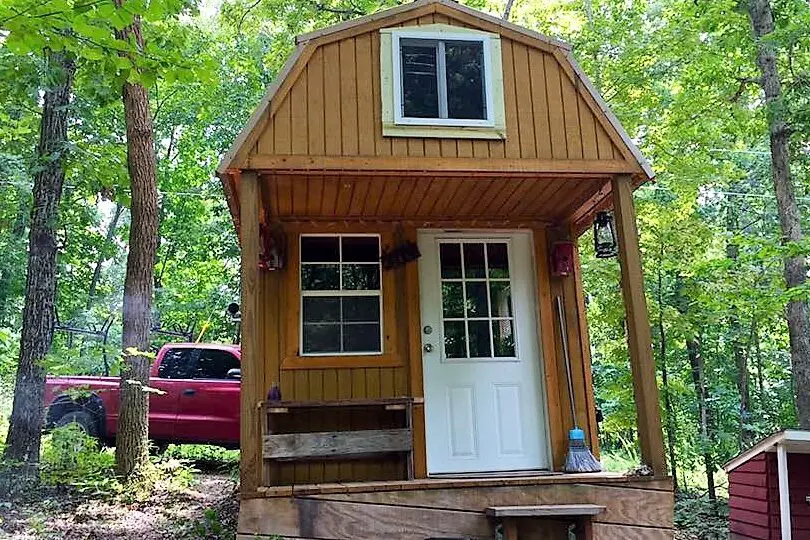
Tiny homes scream sustainability because they use fewer materials and less energy to heat or cool. But there’s a hidden catch: zoning laws often don’t allow full-time residency in them. That forces owners to park in RV parks or move frequently, which undercuts the lifestyle’s eco image. A low-impact house loses points if it drives a high-impact lifestyle.
On top of that, many tiny homes are built with non-recyclable materials to maximize durability while staying light enough to move. Combine that with frequent road travel, and the fuel emissions start to add up. While tiny homes can work in the right context, they’re not automatically an eco-slam dunk. The romantic image doesn’t always match reality.
8. Earthships
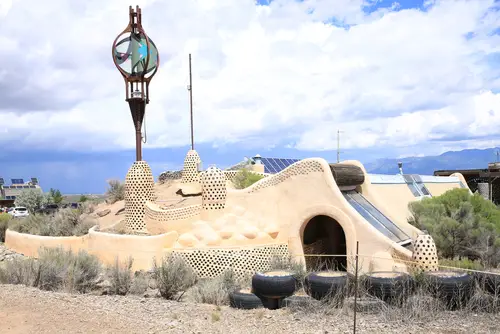
Earthships—houses built from recycled tires and bottles—sound wonderfully resourceful. But those tires aren’t as eco-friendly as they look. Off-gassing chemicals can leach into the air and soil over time, especially if the walls aren’t sealed properly. That can make for a toxic “green” home.
Construction is also labor-intensive, requiring lots of manual work to pack earth into tires. This makes Earthships costly and sometimes less energy-efficient to build than advertised. Add in the challenge of regulating temperature in extreme climates, and you’ve got a home that’s greener in theory than in practice. The DIY aesthetic hides a lot of complications.
9. Hempcrete
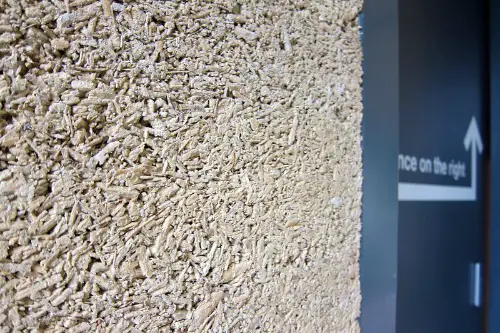
Hempcrete, a concrete alternative made from hemp fibers, gets a ton of eco-hype. It’s lightweight, breathable, and non-toxic. But the production process isn’t always as green as advertised. Hemp has to be decorticated and processed with lime, which has its own carbon footprint.
Another issue is performance. Hempcrete isn’t as strong as regular concrete, so it often needs a structural frame made of steel or wood. That means it can’t fully replace concrete as marketed. Instead of cutting emissions in half, it sometimes just adds an extra step.
10. Recycled Steel Homes
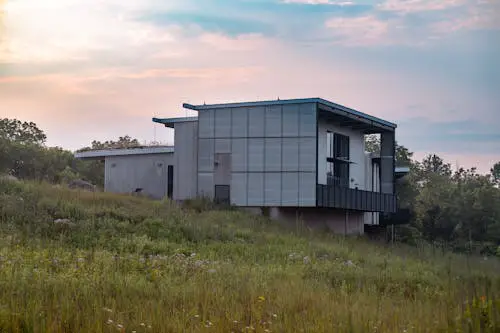
Recycling steel sounds like a win for the environment, but the process isn’t free of consequences. Melting and reforming steel takes enormous amounts of energy. Even if the steel is reused, the emissions from production remain significant. It’s still one of the most carbon-heavy materials available.
Plus, steel structures conduct heat and cold easily, requiring extra insulation to regulate indoor temperatures. That means adding more materials on top of an already energy-intensive base. While the idea of recycling is noble, the reality is that steel’s carbon cost is hard to erase. It’s less of a green solution and more of a compromise.
11. Geodesic Domes
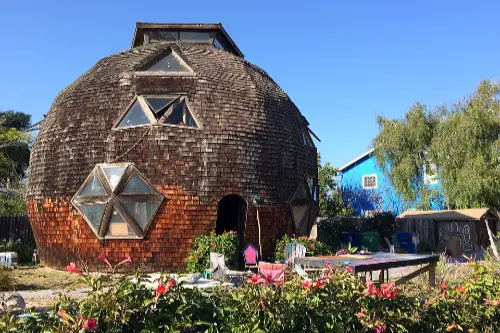
Geodesic domes are often framed as futuristic eco-havens that maximize efficiency. They use fewer building materials relative to their size, which sounds great. But their odd shape makes it hard to install standard windows, doors, and furniture. That often leads to custom work, which increases costs and waste.
The curved roof also complicates energy efficiency. While the geometry theoretically promotes even airflow, in practice heating and cooling can be uneven and difficult to manage. Many owners end up adding extra HVAC systems or insulation. That means the “super-efficient” home may not be so efficient after all.
12. Rammed Earth Walls
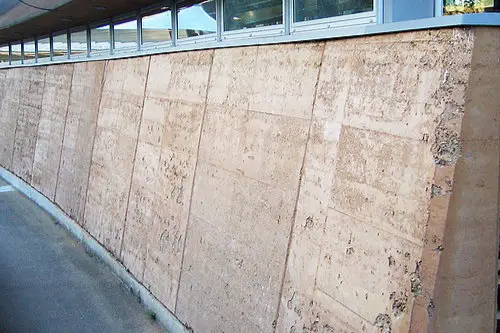
Rammed earth construction uses soil compacted into walls, which seems incredibly low-impact. But the process requires heavy machinery to compress the earth properly. That machinery burns plenty of fuel, racking up emissions before the home is even built. The natural look hides a lot of fossil fuel use.
There’s also a durability issue. If not reinforced with cement stabilizers, rammed earth can erode in wet climates. Adding those stabilizers reintroduces cement’s big carbon footprint. So while rammed earth can work beautifully in the right environment, it isn’t the universal eco solution it’s sold as.
13. Low-Flow Toilets
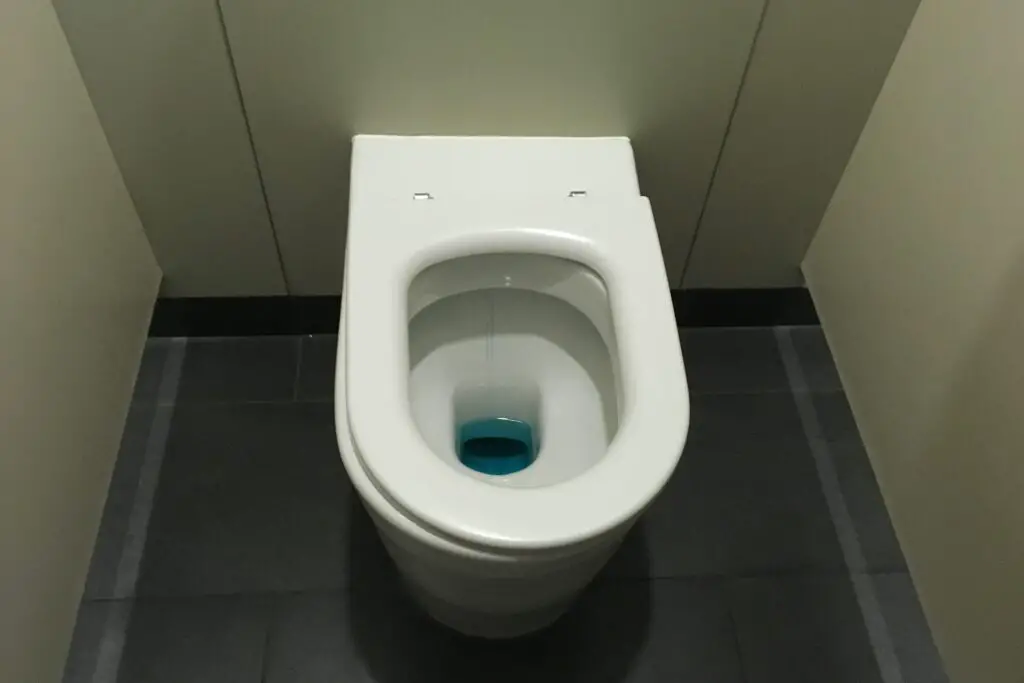
Low-flow toilets are meant to save water, but they don’t always live up to the promise. Some models require multiple flushes to fully clear waste. That ends up using the same amount—or more—water than a traditional toilet. It’s an eco-savings illusion.
Maintenance can also be an issue. Clogs are more common, which means more water gets wasted over time. And manufacturing newer low-flow models adds an extra cycle of production compared to keeping an older but functional toilet. Sometimes keeping what you already have is the greener choice.
14. Reclaimed Wood
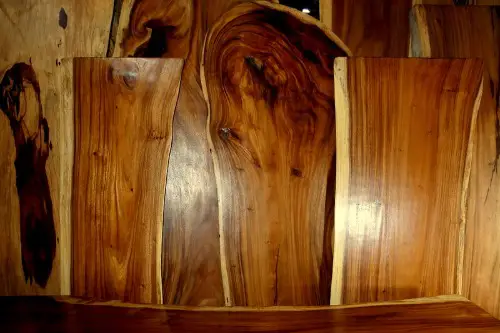
Reclaimed wood feels like a perfect eco-choice, giving old beams or barn wood a second life. But sourcing isn’t always transparent. Some suppliers mix “reclaimed” wood with newly cut lumber to meet demand. That undermines the whole eco promise.
The treatment process is also problematic. Old wood often contains lead paint, nails, or chemicals that require energy-intensive refinishing. By the time it’s safe and polished, the environmental costs can be higher than buying certified sustainable new wood. It’s a reminder that “reclaimed” doesn’t automatically equal eco-friendly.
This post 14 Eco-Friendly Housing Ideas That End Up Being Anything But was first published on Greenhouse Black.
